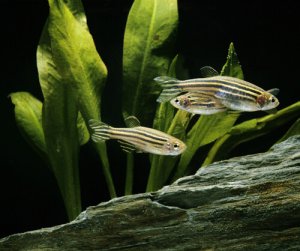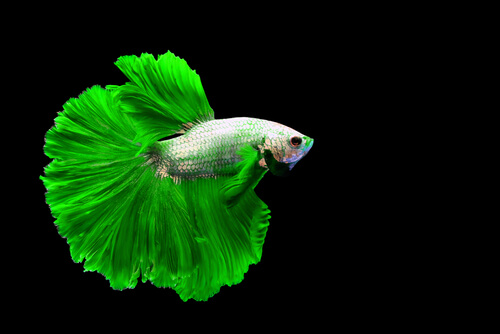
Betta fish are among the most prominent types of fish that are owned today. They have the perfect personality to co-habit with tankmates and fellow bettas. These beautiful tropical pets vary in their size. So the right size tank will depend on how big do betta fish get.
You may need to make adjustments at different stages in their lives, for instance, when a female is pregnant. If you intend on taking care of betta fish fry, you probably want to know how big do betta fish get. Well, in this article, we want to answer that question and give you all the information you need on betta fish sizes.
How Big Are Betta Fish Fry?
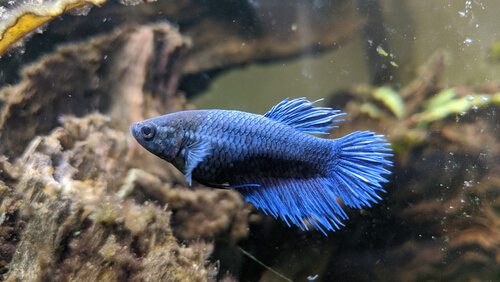
Baby bettas are some of the cutest tropical fish you can find. After hatching from their eggs, they immediately depend on a bubble nest’s nutrients. For the next 3-5 days, they rely on the nest for survival and only start to transition out once they’ve adjusted to tank conditions.
Betta fish fry are around ¼ of an inch in size. There is usually uncertainty about their condition as newborns; this is why you’ll rarely ever find betta fry being sold at your local pet store. Instead, bettas between 4 and 12 months old are kept on display.
Bettas reach adulthood in just a few months; by age three, they are considered old. If you have newly hatched fry and you’re wondering, “how do I make my betta fish grow big?” we compiled some vital information to help you out.
How Big Can Betta Fish Get In The Wild
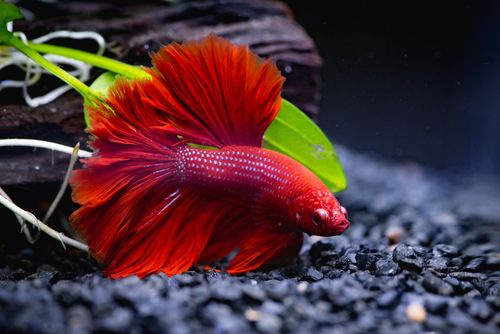
The answer to this question may not be as impressive as you think. In the wild, betta fish are not typically going to get much larger. Sometimes, wild betta can grow larger than 3-inches. However, that is a rare occurrence. They tend to stick around the 3-inch standard.
Bettas are commonly found in Asian countries such as Thailand, Vietnam, Malaysia, and Indonesia, where the water is typically warm. With an average of 78 degrees Fahrenheit in the wild, your tank temperatures should also sit within that region. When the water temperature in your fish tank is too low, you’re likely to have stunted growth in your fish.
How Big Can Betta Fish Get In Aquariums
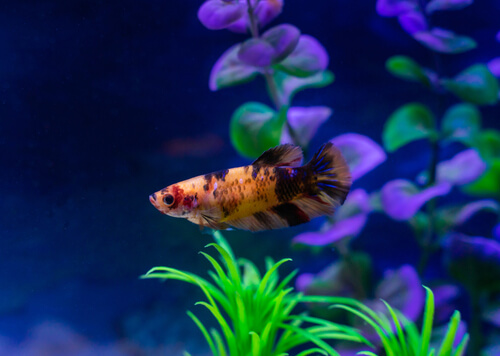
When a betta is cared for in controlled conditions, such as good water, a spacious tank, and a healthy diet, it can grow up to 3-inches in size. However, there is a sub-species of betta called betta anabantoids, aka giant betta, that are known for their ability to grow larger than regular bettas. Compared to their 3-inch counterparts, these bettas can grow up to 7-inches.
If you don’t own a betta and you’re thinking of getting one, the giant betta can be a great option. However, you should know some essential things before diving into the experience. If you want a fish that is low maintenance, you should stick to betta splendens, the regular-sized and most popular type.
On the other hand, any enthusiast that feels equipped to raise a big fish should take things to the next level with a giant betta. But, of course, giant bettas come with their own share of work and expenses, so be prepared to purchase a diet that matches their size.
How To Make A Betta Fish Grow Bigger
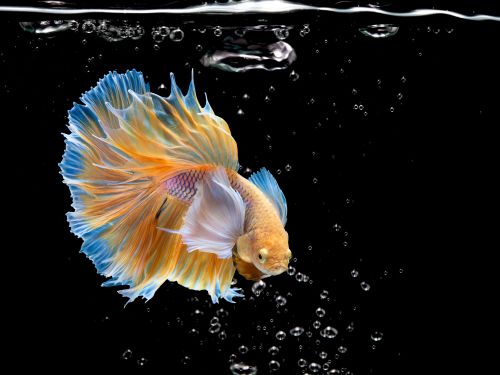
There are some exciting ways to influence the size of your betta fish. However, fishkeeping requires a large amount of effort on your part. As a betta owner, you will need to introduce subtle but impactful changes to your betta’s routine to influence its size.
1. Tank Space
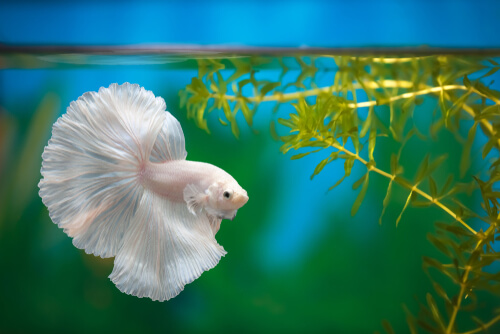
When a betta is placed in a smaller tank, there’s a smaller chance of it reaching maximum size. Some people make a significant mistake with bettas, expecting them to thrive in small tanks. A small tank increases the chances of bacteria or harmful minerals reaching your fish’s immune system. In a large tank, bettas will have more chances of flourishing.
Growth will be a natural occurrence with less stress, space, and more comfortable moving around freely. Be sure to give your betta a tank that takes at least 5 gallons of water if you want it to reach the 3-inch standard.
2. Diet
Without a good diet, you’re wasting time asking, “how big do betta fish get?” Diet is an essential factor a betta fish needs for consistent growth. As carnivores, bettas enjoy foods high in protein, and proper nutrition can make all the difference you need.
You should prioritize purchasing foods that are made specifically for bettas. There are many high-quality options, so you should consider experimenting with them. Once you see your betta develop a preference, prioritize it, and you should be fine.
A tricky line to toe is overfeeding. Although you want your bettas to grow, you should avoid feeding them more than they require per feed. Instead, they will grow perfectly by choosing small protein-rich portions of food for two or three meals a day.
3. Tank Conditions
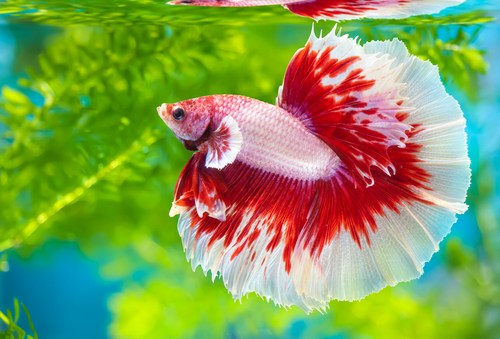
A healthy environment for your betta is equivalent to a healthy life. Although a larger tank is valuable, what your betta fish requires in a tank doesn’t end there. Give your aquatic friend conditions that mirror its natural habitat, and you will be able to influence a natural growth spurt.
Here are some things you can do to your tank for ideal growing conditions. Once you’ve applied these tips, you’re no longer going to ask, “how big do betta fish get?” as your answer will be staring right at you.
- Light Fixtures:
Betta fish will need good lighting conditions if you expect them to grow. This is best provided with the presence of natural lighting. If you’re looking for ways on how to make betta fish grow bigger, turn on the lights. Daylight allows them to thrive, but artificial lighting is a consistent source, giving them windows for growth daily.
Ensure your tank isn’t placed in a location that has access to direct sunlight. In other words, avoid windows. Even though the light is good, sunlight can adversely affect temperatures and general tank conditions.
- Filters:
Some betta owners choose to keep their fish in unfiltered conditions. However, having a filter is the best choice. If your tank is over 5 gallons, a filter becomes a necessity to keep your water in check.
With a quality filter, you’ll cut down on a lot of the stress related to tank maintenance. In addition, you lessen the chances of harmful bacteria attacking your fish when you have a good tank filter. A filter can tone down bacteria intensity by creating oxidation and nitrification in fish tanks.
Also, be sure to purchase a filter that is not too harsh on your betta’s swimming capabilities. A powerful filter may stress your fish.
- Plants:
Having tank plants isn’t just useful for aesthetics. They are actually helpful as hiding spots for your bettas. A betta that thrives is one that doesn’t get stressed out often. Also, your betta can sleep comfortably with comfortable hiding spots among your plants.
Obtaining live plants is a good option for your tank as they also eliminate the build-up of harmful toxins.
Final Thoughts
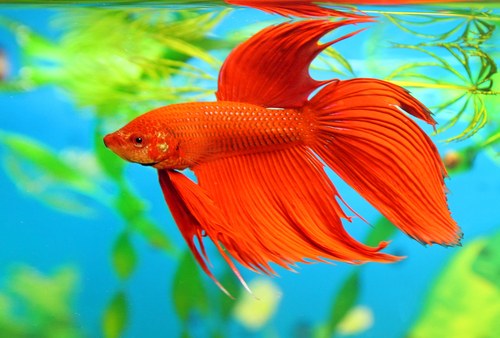
There you have it. Now you’ll never need to ask, “how big do betta fish get?” anymore! However, caring for your betta fish requires a good dose of attention, especially when you aim to have bigger bettas. It’s important to remember that as your betta gets bigger, it will require larger quantities of food. Therefore, you must be prepared to spend money on a varied diet.




